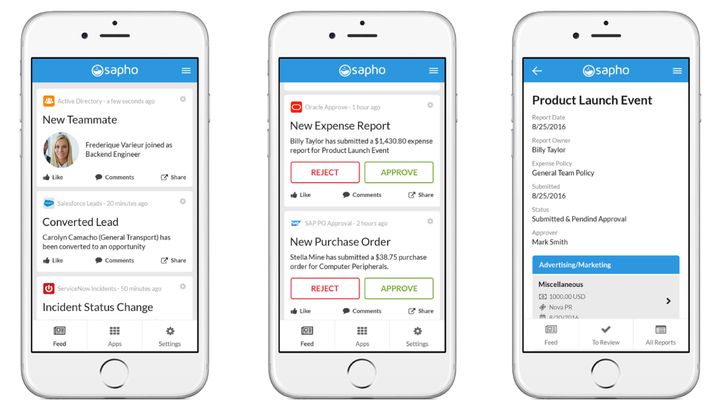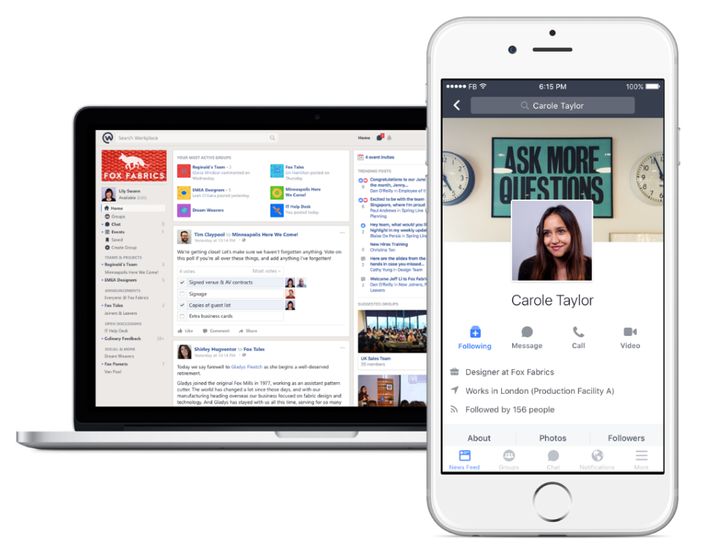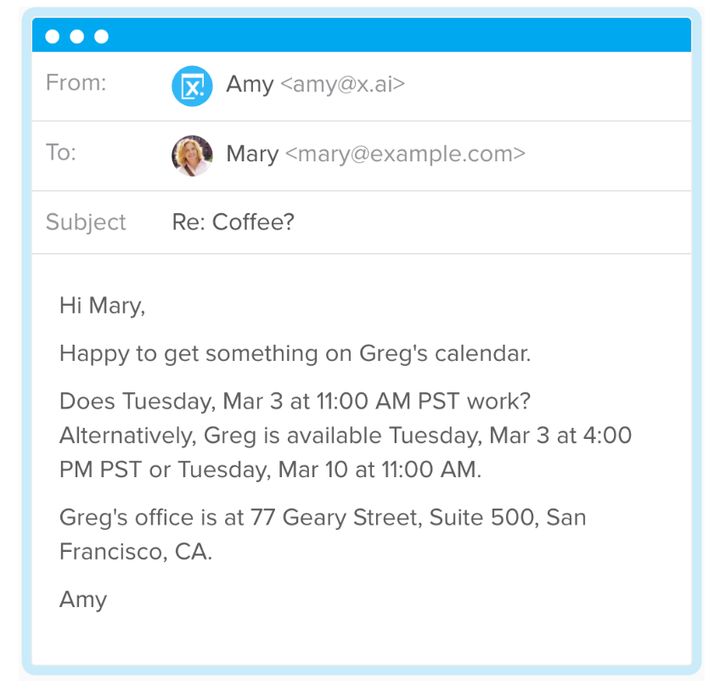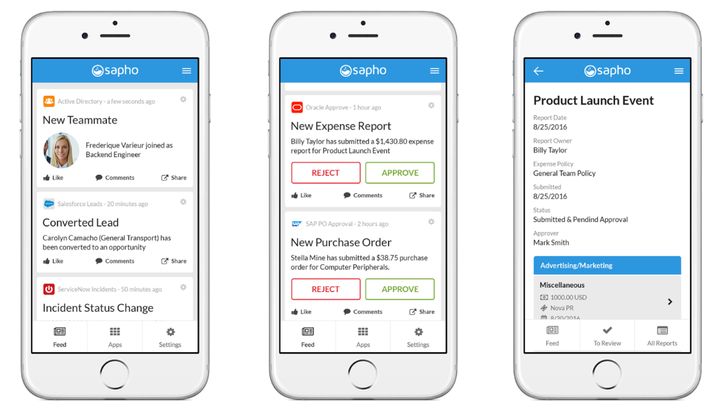
Changing how things are done in the workplace can be a daunting task, especially when it comes to technology. The concept of ripping out existing enterprise systems and tools and trying something new has its benefits, but then reality sinks in when you think about the years and hundreds of thousands of dollars that have been spent building those systems to where they are today.
It’s true that your job in the short term would probably be a little more straightforward if nothing changed. But would that really be for the best?
Simply modernizing an application’s front-end experience (rather than ripping and replacing an entire system) gets a bad rap. However, sometimes that’s exactly what is needed to improve employee efficiency and productivity. Prior enterprise technology investments – whether in something as complex as an enterprise system, such as a database or ERP application, or as simple as a tool that allows employees to book meetings – often take precedence over the need to bring in the latest and greatest solutions.
Fortunately, there are emerging technologies that allow organizations to improve workflows and efficiency without throwing out existing technology. Here are three software platforms to get you started:
Facebook Workplace: Email sucks. It really does. We saw through the rise of Slack that employees are yearning for another option – one that’s more akin to the way that humans really connect. On October 10th, Facebook launched its own enterprise platform called “Workplace,” which promises to change the way we work through group discussions, a personalized work News Feed, and voice/video calling. I’ve written a lot about how the enterprise needs to take a lesson or two from social media, and who better to do that than Facebook itself? Facebook Workplace leverages the social network’s original platform to create work software that is engaging, intuitive, and a pleasure to use. It remains to be seen how it will fare against Slack and traditional email, but a more user-centric approach to enterprise is certainly a step in the right direction.

x.ai: If email is bad, then scheduling meetings by email might be the worst of all. x.ai is an AI-powered personal assistant named Amy that takes the pain out of scheduling meetings – all you do is cc “her” on the email (side note: why are all assistants female?) and she jumps in to help you with your scheduling. Like a real assistant, x.ai’s software takes all the tedious email ping pong off your plate, allowing you to spend more time doing your job and less time organizing your next team check in. x.ai’s CEO developed the platform after scheduling a whopping 1,019 meetings in one year – something we’re all too familiar with.

Sapho: Today’s business world has a dirty secret that no one talks about: Despite the fact that companies spend hundreds of thousands of dollars investing in it, almost no one uses enterprise software. It’s so bad that not only are people avoiding it, it’s inhibiting employees’ ability to do their jobs. You would think that with all the advancements companies have made creating delightful digital experiences for consumers (see Uber, Amazon, etc.) many of those lessons would translate over to the workplace. However, the reality is that work software is simply bloated with too many features and too much data for any single employee to hunt down, let alone analyze. Sapho enables organizations to build secure ‘micro apps’ that provide employees actionable work-related data, insights, and tasks generated from existing enterprise systems. Through a personalized Facebook-like feed accessible from any device, employees have quick visibility into the information they need across all of their systems without having to log in to multiple platforms and hunt it down.

I’m the first to admit that sometimes dramatic change is a necessity – just look at what Uber did to the taxi industry. Some of the best innovations have come from fearless leaders being unafraid to throw away the status quo in favor of a better solution (ever heard of a guy named Steve Jobs?). However, for many of us, that simply isn’t a reality. In companies both large and small, corporate policies, infrastructure, systems, and inertia are serious things to tackle – so finding ways to build in operational efficiencies with user experience-focused software solutions is a great place to drive change in a way that doesn’t have to ignore past investments.
